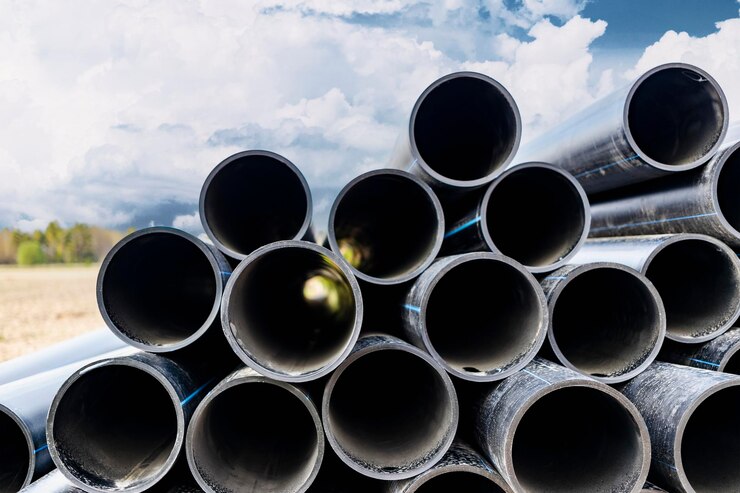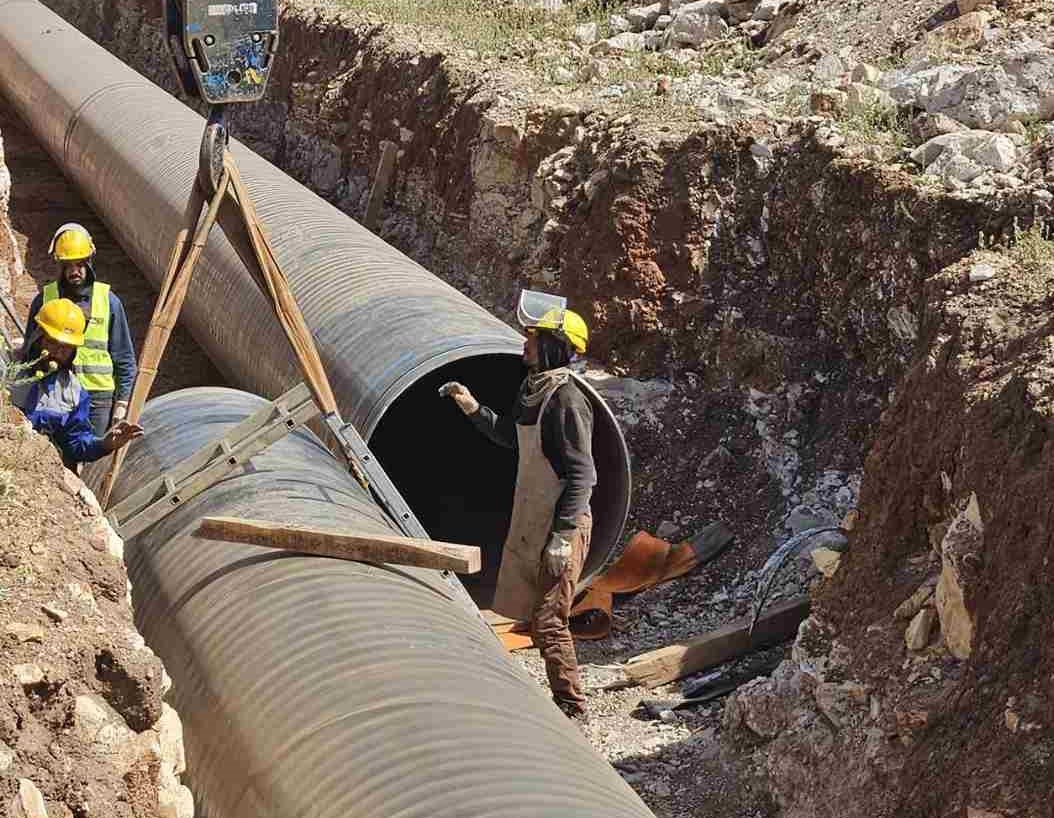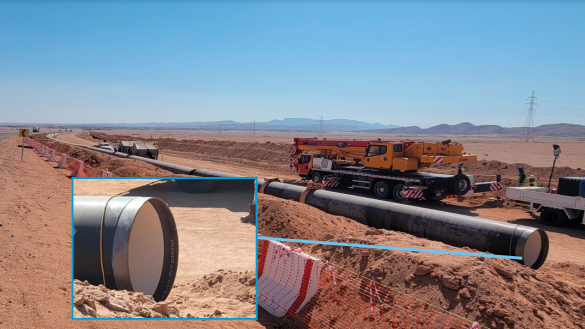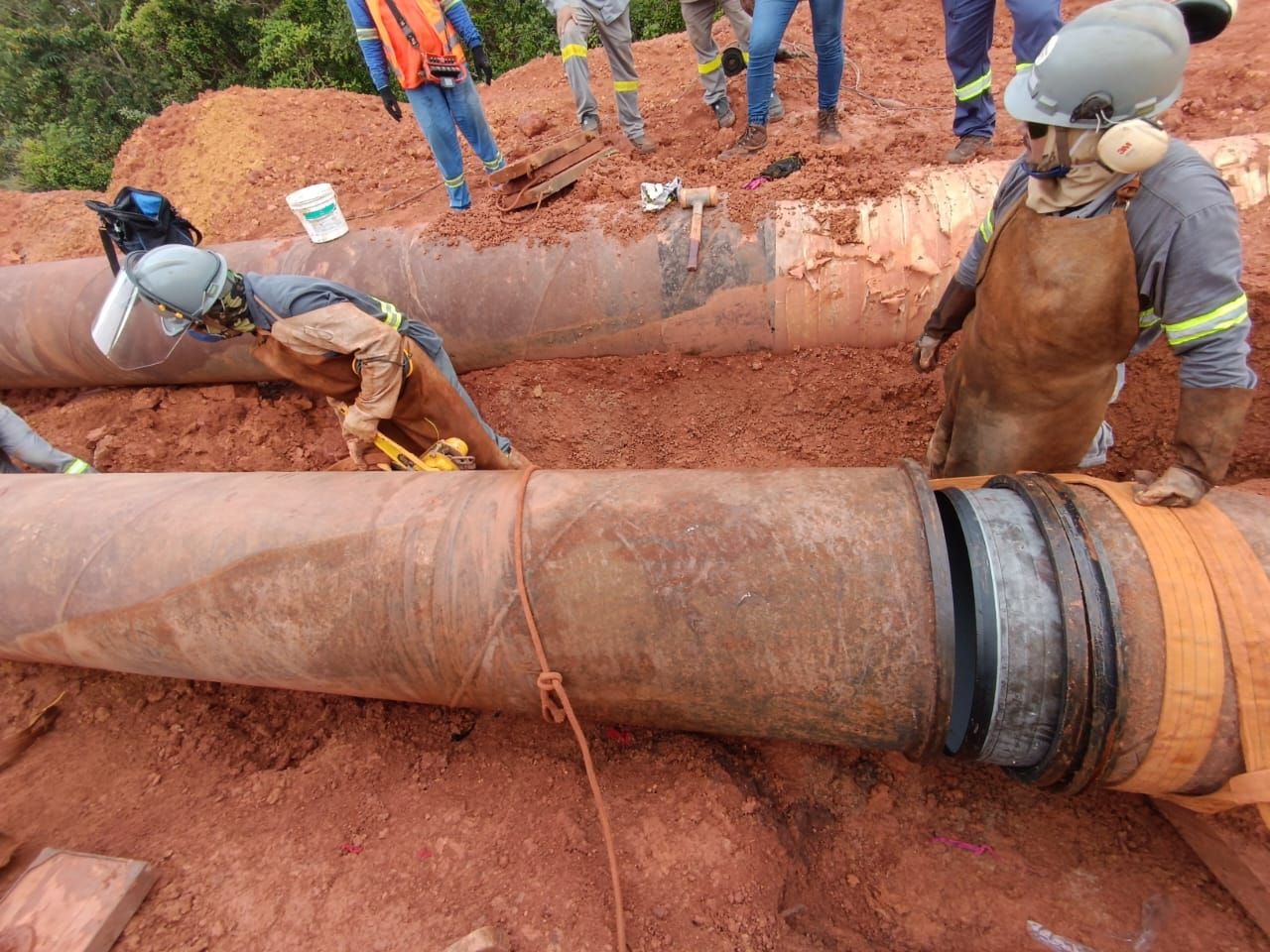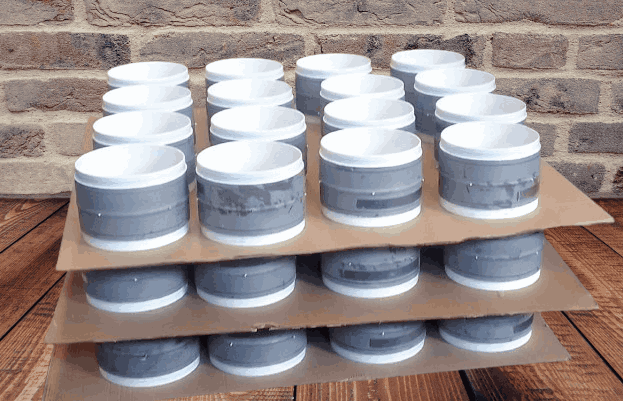In industrial and commercial infrastructure, aluminium cladding for pipe insulation plays a pivotal role in maintaining energy efficiency, preventing heat loss, and safeguarding against potential hazards. However, pipe insulation alone might not suffice to ensure optimal performance.
This is where aluminum cladding steps in as a critical component that enhances the insulation system’s effectiveness. In this blog, we will delve into the multifaceted importance of aluminum cladding for pipe insulation in various applications.
What is Aluminium Cladding?
Aluminum cladding refers to the process of covering or cladding a structure or surface with a layer of aluminum. This can be done for various purposes, including protection, insulation, and enhancing the structural integrity of a building or object.
In construction and architecture, aluminum cladding is often used to cover the exterior of buildings. It serves as a protective layer against weather elements, such as rain, wind, and UV radiation, which can degrade the underlying materials and compromise the building’s integrity.
Aluminum cladding is valued for its durability, corrosion resistance, and lightweight nature. It can also contribute to a building’s energy efficiency by providing an additional layer of insulation.
Read: “Welded Joint Systems for Lined Pipe: A Complete Overview”
What Is the Importance of Aluminium Cladding for Pipe Insulation?
Following is the known importance of aluminium cladding for pipe insulation:
1. Thermal Efficiency Enhancement
Aluminum cladding serves as a robust protective layer that encapsulates pipe insulation materials. One of its primary functions is to minimize heat transfer between the pipe and the surrounding environment. Aluminum’s inherent thermal properties make it an excellent choice for this purpose.
It has a high thermal conductivity, which allows it to rapidly dissipate any heat that might attempt to traverse the insulation barrier. This helps maintain a consistent temperature within the pipes, preventing unwanted heat loss or gain.
2. Condensation Control
Condensation can be a detrimental issue in pipe systems. When warm pipes come into contact with cooler air or surfaces, moisture can accumulate, leading to corrosion, mold growth, and reduced insulation efficiency.
Aluminum cladding acts as a vapor barrier, inhibiting the formation of condensation on the pipe’s surface. This protective layer prevents water vapor from reaching the insulation material and, consequently, helps prolong the life of the insulation and the pipe itself.
3. Mechanical Protection
Industrial environments are often rife with potential hazards, including physical impacts and chemical exposure. Aluminum cladding provides an additional layer of protection for the underlying insulation and the pipes.
It acts as a shield against mechanical damage, such as accidental impacts from equipment or personnel, which could otherwise compromise the integrity of the insulation system. Furthermore, the cladding’s corrosion resistance qualifies it for environments where corrosive substances expose pipes.
4. UV Radiation Resistance
In outdoor settings or areas exposed to sunlight, pipes with insulation alone may be susceptible to the degrading effects of UV radiation. UV rays can break down the insulation material over time, leading to reduced thermal efficiency and a compromised appearance.
Aluminum cladding serves as a UV-resistant barrier, safeguarding the underlying insulation and maintaining the overall performance and aesthetics of the system.
5. Aesthetic and Professional Appearance
Beyond its functional benefits, aluminum cladding contributes to the visual appeal of a piping system. Neatly installed cladding provides a professional and finished look, concealing the insulation materials and giving the pipes a uniform appearance. This is particularly important in commercial spaces or public areas where aesthetics matter.
6. Ease of Maintenance
Maintaining an efficient and reliable pipe insulation system involves regular inspection and upkeep. Aluminum cladding simplifies this task by forming a protective barrier that can be easily cleaned and inspected. Any signs of damage, corrosion, or wear can be promptly identified and addressed without requiring extensive dismantling of the insulation system.
7. Fire Protection
Fire safety is a critical consideration in various industries. Aluminum cladding can contribute to the fire resistance of a pipe insulation system. When exposed to high temperatures, aluminum forms a protective oxide layer that can act as a heat shield, helping to contain flames and prevent the spread of fire.
This can be especially crucial in industrial settings where the risk of fire propagation needs to be minimized.
8. Durability and Longevity
Aluminum is renowned for its durability and resistance to environmental factors. Aluminum cladding is no exception. It can withstand harsh weather conditions, temperature fluctuations, and exposure to chemicals without significantly deteriorating. This longevity translates to a prolonged life span for the insulation system, reducing the need for frequent replacements and saving on maintenance costs.
Conclusion
In conclusion, the importance of aluminium cladding for pipe insulation cannot be overstated. Its contributions extend far beyond mere aesthetics. From enhancing thermal efficiency and condensation control to providing mechanical protection and fire resistance, aluminum cladding elevates the performance and longevity of pipe insulation systems.
Whether in industrial facilities, commercial spaces, or outdoor installations, the inclusion of aluminum cladding is a strategic investment that pays dividends in terms of energy savings, maintenance efficiency, and overall system integrity.
Don’t take any risks and choose the best services for your pipeline system. Get the best pipe insulation services at Lined Pipe System!
FAQs
Q1: What is the thickness of aluminum insulation cladding?
Ans: The recommended thickness is between 0.4 and 0.6 millimeters. We embossed the surface to maintain its original smooth texture. Width can range from 800 to 1500 millimeters, with 1000 millimeters being the typical.
Q2: How long does aluminum cladding typically last?
Ans: Correct installation and maintenance can enable aluminum cladding to last for several decades.
Q3: Does aluminum cladding require a vapor barrier?
Ans:Sometimes, installing a vapor barrier underneath the cladding is necessary to prevent condensation buildup.
Q4: Is it right to use aluminum cladding for sound insulation?
Ans: While not primarily designed for sound insulation, the aluminum cladding may provide some minor sound-dampening effects.
Q5: What factors affect the cost of aluminum cladding?
Ans: Factors include the type of cladding, thickness, pipe diameter, installation complexity, and the total length of pipes needing insulation.
Q7: What is an aluminum cladding sheet used for?
Ans: Aluminum cladding is a great material for the outside of buildings because it is strong and comes in a wide range of colors. It is both strong and beautiful, so it can stand up to the weather and make a beautiful façade that will last for generations.

